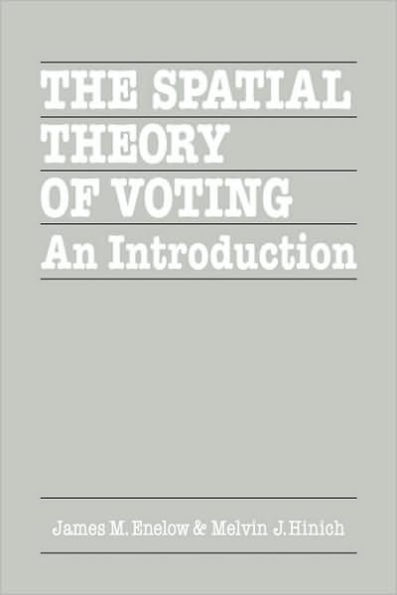5
1
9780521275156


The Spatial Theory of Voting: An Introduction / Edition 1 available in Paperback

The Spatial Theory of Voting: An Introduction / Edition 1
- ISBN-10:
- 0521275156
- ISBN-13:
- 9780521275156
- Pub. Date:
- 04/27/1984
- Publisher:
- Cambridge University Press
- ISBN-10:
- 0521275156
- ISBN-13:
- 9780521275156
- Pub. Date:
- 04/27/1984
- Publisher:
- Cambridge University Press
41.99
In Stock

Product Details
| ISBN-13: | 9780521275156 |
|---|---|
| Publisher: | Cambridge University Press |
| Publication date: | 04/27/1984 |
| Edition description: | New Edition |
| Pages: | 256 |
| Product dimensions: | 6.00(w) x 8.90(h) x 0.70(d) |
From the B&N Reads Blog
